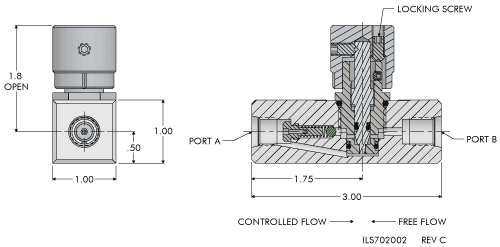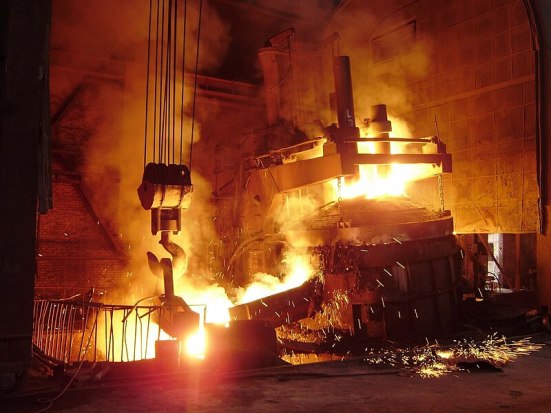
A Flow Control Valve is an essential component in many fluid-based systems. Its primary function is to regulate the rate of flow of a fluid, such as liquid or gas, through a pipe or conduit. By controlling the flow rate, these valves help ensure efficiency, stability, and safety in various industrial processes.
Operation:
Flow control valves operate by adjusting the size of the opening through which the fluid passes. This adjustment can be done manually or automatically, depending on the design of the valve. Some common types of flow control valves include needle valves, globe valves, and butterfly valves.
In manual control valves, a handle or lever is used to adjust the position of the valve’s internal mechanism, hence regulating the flow rate. On the other hand, automatic control valves utilize sensors and actuators to modulate the valve position based on predetermined conditions.
Maintenance:
To ensure proper functioning and longevity of flow control valves, regular maintenance is crucial. Here are some key maintenance practices:
- Visual Inspection: Regularly inspect the valve for any signs of leakage, corrosion, or damage. Address any issues promptly to prevent further damage.
- Lubrication: Check the valve’s lubrication points and apply lubricant as recommended by the manufacturer. This helps reduce friction and ensures smooth operation.
- Cleaning: Remove any debris or contaminants that may have accumulated around the valve, as they can affect its performance. Use appropriate cleaning methods and materials recommended by the manufacturer.
- Calibration: If the valve is equipped with control mechanisms or sensors, periodic calibration may be required to maintain accurate flow control. Follow the manufacturer’s guidelines or consult a professional for calibration procedures.
- Sealing: Check the valve’s seals and gaskets regularly and replace them if necessary. Proper sealing is essential to prevent leakage and maintain optimal performance.
Remember, it is always advisable to refer to the specific valve manufacturer’s documentation for detailed instructions on operation and maintenance procedures tailored to your particular valve model.



